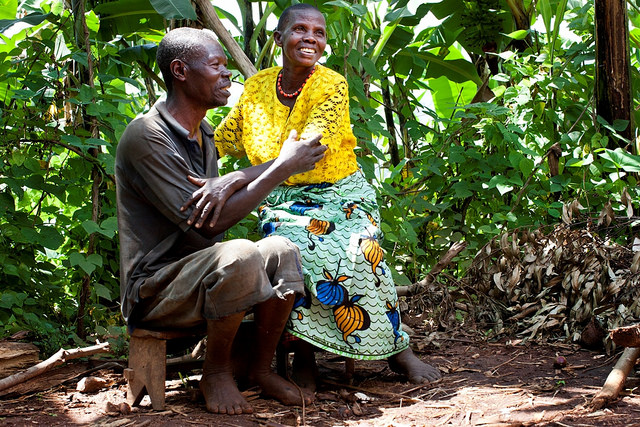Humanitarian Aid to Rwanda

We often hear stories about humanitarian aid that highlight waste, corruption and inefficiency. An example is in the wake of the horrific genocide in Rwanda in 1994 when the international community was too slow to react. There are important lessons to be learned from this failure and how to prevent similar atrocities in the future of delivering humanitarian aid to Rwanda.
However, there are also many success stories of aid being delivered effectively, saving lives and changing communities for the better. Despite the tragedy, there have been many positive steps taken to improve humanitarian aid delivery.
Humanitarian Aid to Rwanda Success Stories:
- The Clinton Foundation has been giving aid to farmers in Rwanda through the Clinton Development Initiative. During the 2016-2017 season, the foundation worked with over 35,000 farmers. The initiative focuses on increasing crop yields and income for farmers by providing them with the knowledge they need to meet their agricultural goals.
- The collaboration between the government and NGOs in Rwanda played a large part in Rwanda’s success in working towards the U.N. Millennium Development Goals (MDGs). Rwanda was one of the few countries to lead in the achievement of the MDGs. Progress was made to close the economic gender gap and free education was extended from 9 years to 12 years. Between 2000 and 2015, the infant mortality rate was cut in half and so was the number of people suffering from hunger.
- The USAID Mission in Rwanda began distributing humanitarian aid to Rwanda in 1964. Since that time the U.S. has given aid in many different areas including health, rural development, education and economic development. These funds have also helped develop democracy in Rwanda. The mission had to be halted in 1994 at the beginning of the genocide but was reopened several months later to provide emergency humanitarian aid. The transitional assistance in the wake of the conflict focused on food security as well as HIV/AIDS treatment and prevention. A fully-functioning mission was then reopened in 1998 with a focus on post-conflict reconstruction.
Tackling problems like poverty, hunger and conflict is an enormous undertaking. These issues require complex solutions and coordinated global effects. The size and scope of these efforts can often lead to tragic inefficiencies and lost lives, as was the case with the humanitarian response to the 1994 genocide in Rwanda.
There are also many stories in which humanitarian aid has helped save and improve lives. It is of paramount importance that we learn from the successes and failures of our efforts. The humanitarian aid to Rwanda is an example of both sides of this issue.
– Aaron Childree
Photo: Flickr
